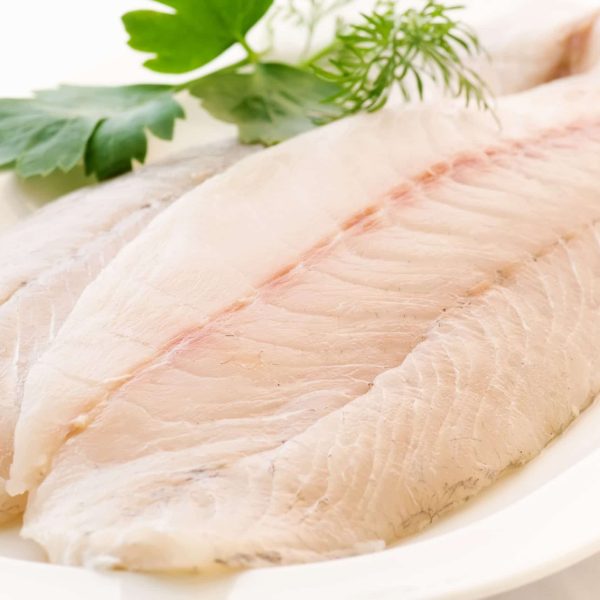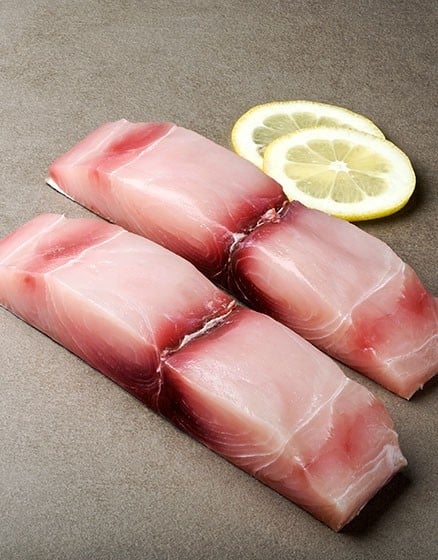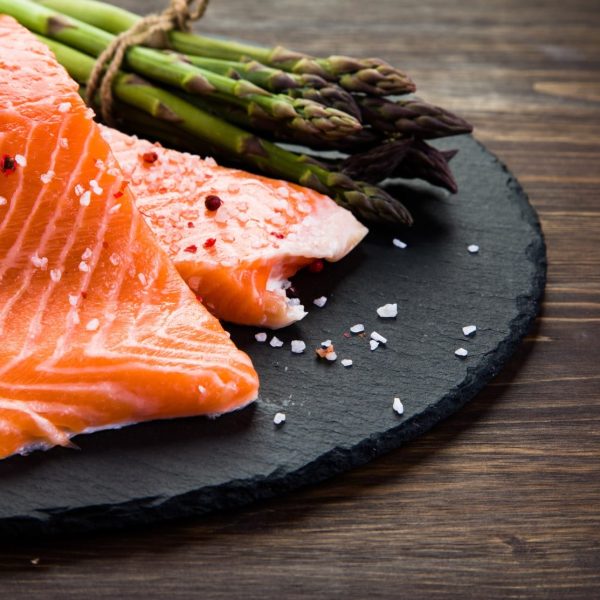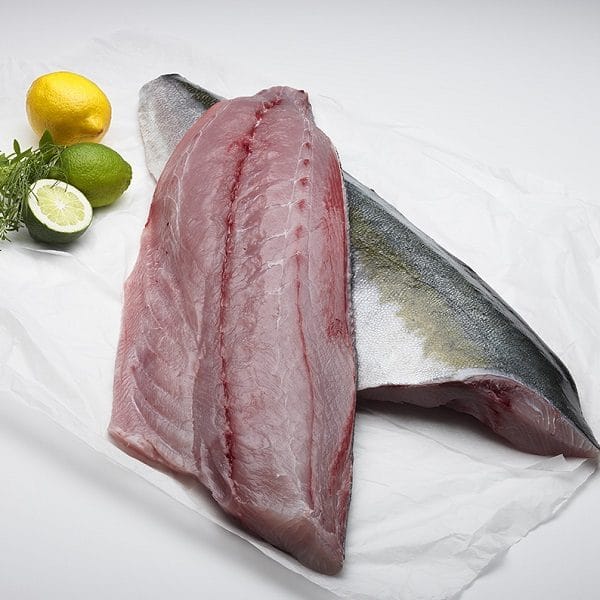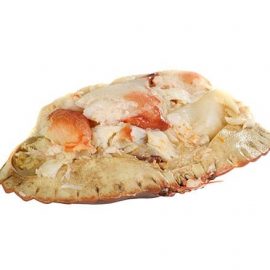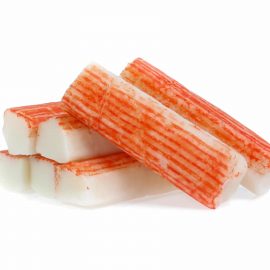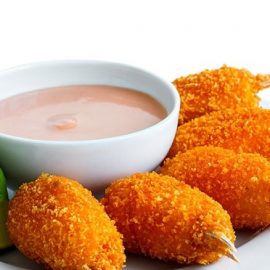There are more than forty species of flying fish known to lay tobiko eggs, which are orange in colour. Japanese cuisine uses flying fish roe as a natural ingredient and often serves it as a garnish or as sashimi.
Flying fish, which live in temperate and tropical waters, are known for their mobility above the water’s surface and are harvested for the roe in them. Tobiko caviar’s true colour is a bright yellow-orange, but this Red Tobiko is naturally tinted using beet to give it a deep red hue.
The reddish-purple concentrate is made by boiling beetroot. Chilli peppers can also produce red tobiko, but their effects are quite different from that of beetroot. Tobiko like this is peppery, hot, and has a strong flavour profile.
Tobiko is used by chefs all over the food republic in the preparation of sushi rolls and sashimi. A ripe, unfertilized egg looks like a transparent, reddish-orange pearl. The roe is salt-cured after harvesting to preserve it for consumption, creating a mild flavour profile with a salty, sweet taste. Make your own sushi, or decorate delicious appetizers with it.
The diameter of an egg is between 0.5 and 0.8 millimetres. The size of tobiko is larger than that of masago and capelin roes, but it is much smaller than with salmon roes and ikura. Boxes of 500 grams of Tobiko Red are available.
The products we offer in our stock are all of premium quality if you are looking for something that fits your needs perfectly. We supply seafood to many of the top seafood restaurants in the UK. We ship frozen products on dry ice to ensure they remain frozen until they reach their destinations.
The Versatile and Nutrient-Rich Tobiko Red
As with other natural ingredients, tobiko is a tasty addition to a wide range of Japanese cuisine because of its mild saltiness. When it’s frozen, thawed, or mixed with soy sauce and wasabi, it holds its shape and taste more effectively than other types of roe, such as ikura.
Different types of sushi makis can also be topped with generous amounts of tobiko to enhance their presentation. In addition to being an excellent topping for seafood dishes, flying fish roe is also an excellent addition to soups and stews. Add a touch of crunch and saltiness to sauces, dressings, and soups with flying fish roe. Liquids do not affect the shape or texture of the roe.
Healthy blood vessels and brain function are both enhanced by tobiko’s Omega-3 content. Moreover, it is rich in nutrients such as B12, Zinc, Vitamin D, and fibre, which are necessary for strong bones and immunity, a healthy metabolism, and healthy digestion.
Responsibly-Sourced Flying Fish Roe
All over the world, flying fish are caught in the wild. Japanese egg dishes made from fish eggs are known as tobiko. Fish eggs and fish adults come from different fisheries.
Japan, Taiwan, and the East China Sea are some of the regions where populations are healthy. Our suppliers collect flying fish eggs using traditional methods and are experts in preserving flying fish populations.




